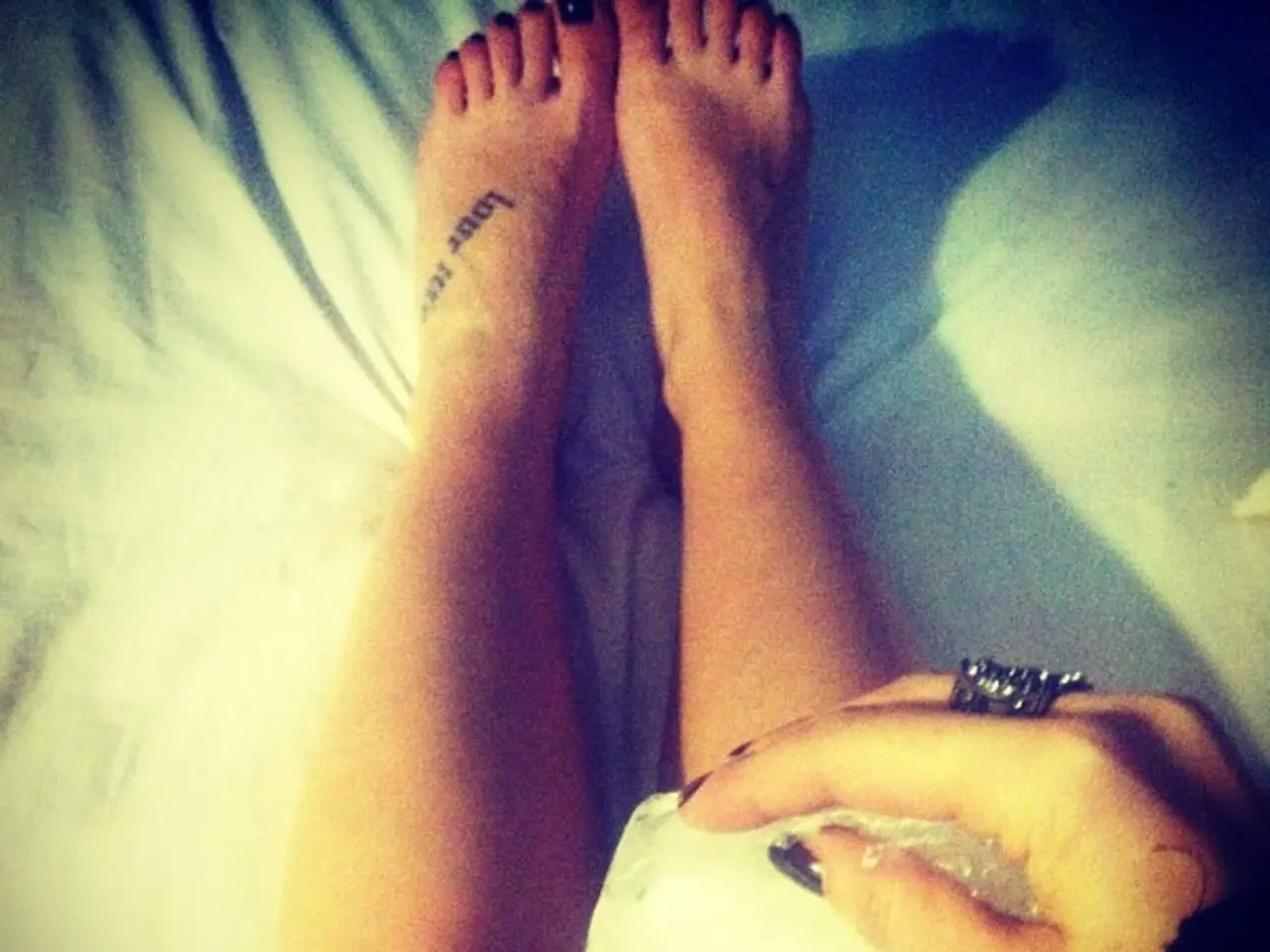Dementia Comparison: Pick's Disease versus Lewy Body Dementia
News Article: Understanding Pick's Disease and Lewy Body Dementia
Dementia affects millions of people worldwide, and two lesser-known forms are Pick's disease and Lewy body dementia (LBD). This article aims to shed light on these conditions, their symptoms, history, and treatment costs.
Pick's Disease: Early Behavioural Changes
First identified by Arnold Pick in the early 20th century, Pick's disease, also known as frontotemporal dementia (FTD), primarily affects the frontal and temporal lobes of the brain. This leads to noticeable changes in behaviour, personality, and language skills. Common symptoms include behavioural changes, language difficulties, and emotional blunting. Memory loss appears later in the disease progression.
Lewy Body Dementia: Fluctuating Cognition and Visual Hallucinations
Lewy body dementia (LBD) traces its roots back to the work of Dr. Friederich H. Lewy, who discovered abnormal protein deposits in the brains of Parkinson's disease patients in 1912. LBD involves abnormal protein deposits (Lewy bodies) in the brain, affecting multiple cognitive functions. Key symptoms of LBD include visual hallucinations, fluctuating cognition, and Parkinsonism symptoms such as tremor and rigidity.
Treatment Costs: A Complex Matter
Both dementias currently lack curative treatments; management focuses on symptom reduction. The costs of treating Pick's disease and LBD can vary based on factors such as geographic location, severity of the condition, and individual healthcare plans.
Lewy body dementia requires a multifactorial approach including cholinesterase inhibitors for cognitive symptoms, physical therapy, and management of Parkinsonism and hallucinations. This complex management likely incurs higher and more varied treatment costs due to motor and psychiatric symptom management.
Pick's disease treatment mainly addresses behavioural symptoms and may involve speech and occupational therapies. Due to fewer pharmacological interventions targeting cognitive or motor symptoms, treatment costs might be relatively lower but still significant, particularly for long-term care.
Support and Adaptive Technologies
In the case of both conditions, establishing routines, a structured environment, and using adaptive technologies such as reminder apps and safety alarms can aid daily activities. Support groups can provide emotional support and practical advice for those coping with these diseases.
Seeking timely medical advice and support is crucial for a better quality of life for individuals facing symptoms related to dementia. In advanced stages of Pick's disease, residential care facilities may become necessary for comprehensive assistance.
- The study of Pick's disease and Lewy body dementia (LBD) falls under the broader field of neurological disorders and medical-conditions, as they are forms of dementia that primarily affect the brain.
- Caregiver support is essential for individuals living with Pick's disease or LBD, as these conditions often involve behavioral changes, language difficulties, and fluctuating cognition that may require daily assistance.
- Health-and-wellness strategies, such as using adaptive technologies and establishing routines, can help manage symptoms related to dementia, like Alzheimer's, Pick's, or LBD, enhancing the quality of life for those affected and their caregivers.




